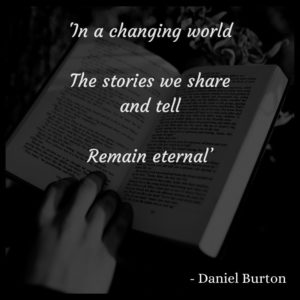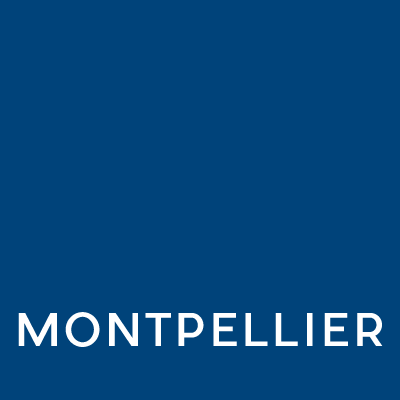The constant innovation of the modern age is shaping public relations and communications, but for better or worse?
 Today, the ways in which we can communicate our clients’ mission and value proposition are endless, but when news spreads fast and wide, stories can hold less meaning.
Today, the ways in which we can communicate our clients’ mission and value proposition are endless, but when news spreads fast and wide, stories can hold less meaning.
The rise of social media over the past 20 years means that we can now reach our clients’ target audiences wherever they are in the world, at the click of a button. But the issue with this relatively new freedom is that the lines between delivering genuine news and ‘oversharing’ are becoming ever more blurred.
Daniel Burton, account manager at Montpellier Public Relations, examines the art of communicating creatively and innovatively in the 21st century and seeks the answer to the question that many PR professionals are asking themselves: has the age of social media and fast news changed the ways in which we communicate for better or worse?
The Good
For me, as a writer and poet, as well as a PR professional, giving clients the means to share their stories is what excites me about the PR industry – to live a client’s life as they do and position them as the champion character (the protagonist) in their field is something special.
This is far more easily achievable now, with the variety and amount of communication platforms available to us today, than it has ever been.
The past 20 years has seen the emergence of some of the most innovative and creative new channels in PR – channels and platforms which are allowing our clients to reach their target demographics in ways which would have been unimaginable to the grandfathers of PR, carrying their carousel tapes and little black books of hastily scribbled contacts.
Mobile apps and software are providing unique opportunities for us, our clients, and the audiences we connect with, to get into the heart of a story and truly live it.
For instance, Periscope enables anyone with a smartphone to stream a conference live to billions of people without the hassle of arranging video teams. Similarly, video news releases (VNR) can be created using a mobile phone and with statistics showing that VNR is successfully engaging audiences, it’s bound to be an area which continues growing.
Podcasting has also become an accessible and viable means of promotion and PR, with some six million people in the UK tuning into one each week [1].
A major benefit of using these new channels of communication, such as podcasts and VNR – with subtitles – is giving our clients the opportunity to directly reach members of their target audience with disabilities. Additionally, including subtitles in VNR means that viewers can tune in on public transport or in the office without the worry of causing disruption. Innovation has made the art of communication more inclusive and also more visual – today, you won’t just read about a new product and how it works, you can see it via a video demonstration or even 3D animation.
Opening avenues for our clients in revolutionary new ways will become an increasingly important aspect of our work.
The Bad
The ease and speed of communication in the modern age has a major downside: genuine, hard-hitting stories are now competing with fake news and pages stuffed with celebrities’ fashion and workout choices. The pressure is on to get so much content out that the most popular outlets are filling their websites and pages with ‘not-quite news’ to meet audiences’ demand for a ‘new’ story every hour or even more frequently.
That pressure also affects PR professionals. Thanks to social media, all news is ‘old news’ half a day or less after breaking. Making sure that we and our clients are aware of what’s new and on-trend means navigating a constantly changing landscape. It is often the case today that an article is only ‘up to date’ with current affairs for as little as a few weeks or a month after release; after which, some of its relevance and value diminishes.
Another downside to a tidal wave of news and content is that genuine news stories often break too early – before all the facts can be provided – as outlets scramble to be the first to comment on every minute new development. With every expert and non-expert throwing their two-pence piece into discussions of both local and world news, it is increasingly difficult to be certain of what is ‘real’ and what is ‘fake’ and whose opinion PR professionals can trust to inform them of what is really going on in society and in the world.
The Ugly
In the age of social media, reputations have been placed on the shoulders of PR professionals like never before. Never has it been so easy to reach thousands of readers, potential investors and fellow industry professionals at the click of a button. Never has it been so difficult to manage mistakes.
Social media can both build and destroy reputations in minutes.
For better or for worse, innovation and the trappings of the modern age are shaping the PR and communications industry. For the PR professionals of today, and the future, our aim remains the same as it has always been: to use whatever methods of communication are available to us to communicate our clients’ mission, and their stories, as creatively as we can.
References:
[1] https://www.ofcom.org.uk/about-ofcom/latest/media/media-releases/2018/uk-podcast-listening-booms

By Daniel Burton
PR Account Manager








